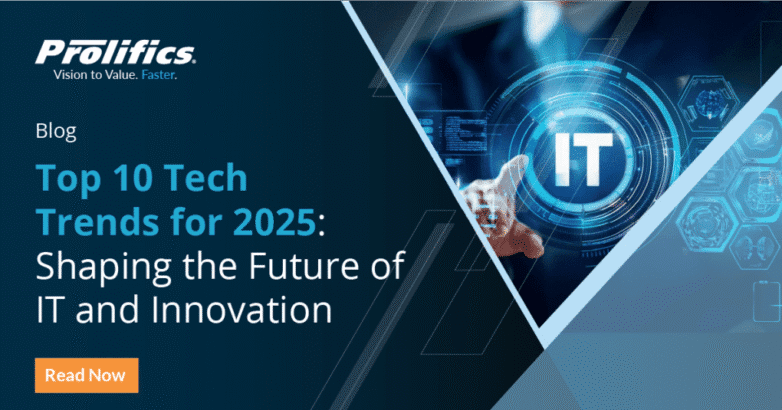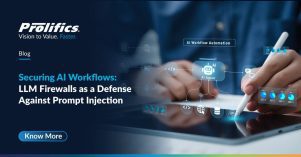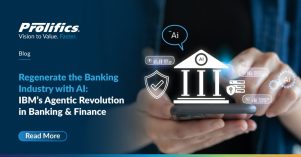As we move into 2025, the technology landscape continues to evolve at an unprecedented pace—reshaping how businesses operate, innovate, and compete.
Gartner’s Top 10 Strategic Technology Trends for 2025 spotlight the advancements set to revolutionize industries and redefine IT strategies.
From breakthroughs like Agentic AI and post-quantum cryptography to transformative concepts like ambient intelligence and hybrid computing, these tech trends for 2025 are shaping the digital-first future.
This blog explores these emerging IT trends and their impact, offering insights into how businesses can harness them to drive innovation and growth.
Top Technology Trends for 2025
1. Agentic AI
Agentic AI refers to intelligent systems capable of autonomous decision-making. Unlike traditional AI, which operates within predefined rules, Agentic AI dynamically learns and adapts to complex environments.
Businesses can leverage Agentic AI for:
- Personalized customer experiences
- Adaptive supply chains
- Proactive risk management
However, organizations must address ethical concerns and establish robust monitoring mechanisms to mitigate potential misuse.
2. Post-Quantum Cryptography
As quantum computing advances, it threatens traditional encryption methods. Post-quantum cryptography focuses on developing algorithms resilient to quantum attacks.
Industries like finance, healthcare, and government should start adopting these methods to safeguard sensitive data. Delayed implementation could lead to data breaches and compromised systems.
3. Spatial Computing
Spatial computing blends augmented reality (AR), virtual reality (VR), and mixed reality (MR) to bridge physical and digital experiences.
Use cases include:
- Immersive training programs
- Virtual retail experiences
- Manufacturing digital twins for real-world simulation
This helps reduce costs, improve engagement, and enhance operational efficiency.
4. AI Governance Platforms
The rapid adoption of AI underscores the need for ethical governance frameworks.
AI governance platforms offer:
- Monitoring and auditing tools
- Compliance and bias mitigation
- Data privacy assurance
Such platforms are crucial for maintaining transparency and building customer trust.
5. Ambient Invisible Intelligence
Ambient intelligence enables interconnected, context-aware systems that anticipate user needs.
These systems, embedded in IoT devices, enhance experiences through:
- Predictive maintenance in manufacturing
- Tailored retail shopping experiences
By integrating ambient intelligence, businesses can improve efficiency and create intuitive user interactions.
6. Polyfunctional Robots
Polyfunctional robots are multi-capable machines combining robotics, AI, and machine learning.
Applications include:
- Precision surgery in healthcare
- Logistics and supply chain automation
Businesses adopting these robots can increase productivity and innovation while addressing labor shortages.
7. Disinformation Security
The rise of fake news, deepfakes, and misinformation highlights the need for disinformation security.
Organizations, especially in media and politics, must invest in AI-powered detection tools to protect brand integrity and consumer trust.
8. Energy-Efficient Computing
As sustainability becomes essential, energy-efficient computing focuses on reducing environmental impact through power optimization.
Benefits include:
- Lower operational costs
- Reduced carbon footprint
- Alignment with global sustainability goals
This is particularly vital for data-intensive industries.
9. Neurological Enhancement
Neurological enhancement technologies leverage brain-computer interfaces to augment human potential.
Industries benefiting from these include:
- Healthcare (mobility and communication aid)
- Education (faster learning)
- Workforce training (skill enhancement)
Such innovations redefine the boundaries of human capability and machine collaboration.
10. Hybrid Computing
Hybrid computing integrates traditional, cloud, and edge computing into a unified framework.
Key advantages:
- Lower latency and faster decision-making
- Enhanced data security
- Greater agility for industries like healthcare, automotive, and retail
This hybrid approach ensures adaptability in a complex technological ecosystem.
How IT Trends Will Impact Businesses
These Top 10 Tech Trends for 2025 will reshape industries by enabling:
- Innovation and Competitiveness: Early adopters will gain an edge through advanced digital strategies.
- Operational Efficiency: Technologies like energy-efficient computing and hybrid infrastructure streamline operations.
- Enhanced Customer Experience: Spatial computing and ambient intelligence redefine user engagement.
- Risk Mitigation: Post-quantum cryptography and disinformation security safeguard against digital threats.
- Workforce Transformation: Agentic AI, robotics, and neurological enhancements foster human-machine collaboration.
Conclusion
The Top 10 Strategic Technology Trends for 2025 reflect a world where technology integrates seamlessly into business and daily life.
From Agentic AI and spatial computing to post-quantum cryptography and disinformation security, these innovations are transforming IT and global industries.
Businesses that embrace and adapt to these trends will not only gain a competitive edge but also ensure ethical, sustainable, and future-ready growth.




